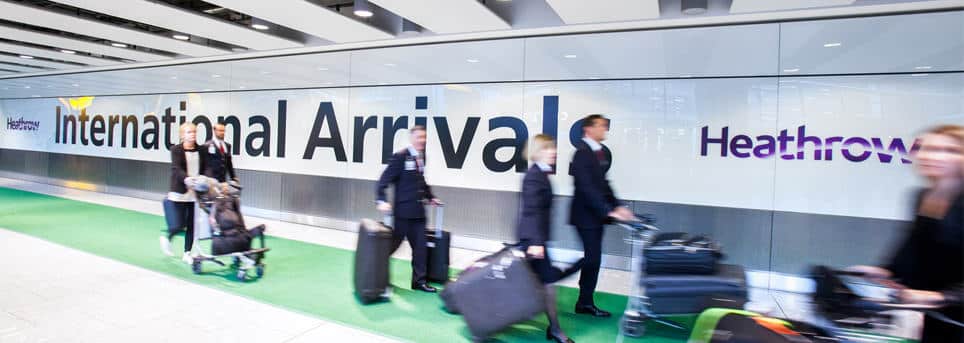The Challenge
AiQ Consulting has worked throughout Heathrow’s Terminal 2 to provide input in multiple areas to improve capacity and efficiency. From arrivals capacity, validation, informing on principle design changes, to improving operations and creating a more efficient use of the arrivals baggage systems, our team has been asked by the client to process and model data, provide simulations and negotiate with stakeholders, airlines, ground handlers and operations staff in order to complete projects successfully.
In the course of such projects, we were also party to several airline moves. Airlines have been required to move from Terminals 1 & 3 into Terminal 2. We were asked to undertake baggage planning for these moves and inform on multiple design points.
The Solution
To provide a full solution covering all areas of the terminal, we developed a complex simulation model integrating all areas of the Apron: Schedule, Aircraft Stand, Road Network, Vehicle Parking, Full Can Storage and Empty Can Storage and Loading/Unloading points (i.e. Baggage Halls, Fuel depots, lavatory dumps) based on baggage, passenger and other handling services. The simulation model was achieved using our bespoke Transvision AiR tool to processing all of the complex data involved in the terminal and present it into a model that can be easily understood and communicated.
This was particularly important when planning and negotiating airline moves. Communication and negotiating with stakeholders was vital and our input focused on the moves from a baggage systems perspective.
The Benefit
The input of our experience and knowledge on Heathrow’s Terminal 2 encompassed every area of the terminal – from passengers, to baggage, to vehicles, and stakeholder management. Our knowledge of capacity planning and operational efficiency means that we are highly regarded and trusted within the airport.
Our demonstrations, using Transvision AiR, were able to prove that the airline moves and other Apron issues would be achieved successfully, giving all stakeholders confidence, and improving efficiency and passenger experience.
- Increased capacity and flexibility
- Efficient stakeholder management
- Resource utilisation increased
- Improved passenger customer service and airport experience
- Integrated technology
- Expert baggage systems knowledge

